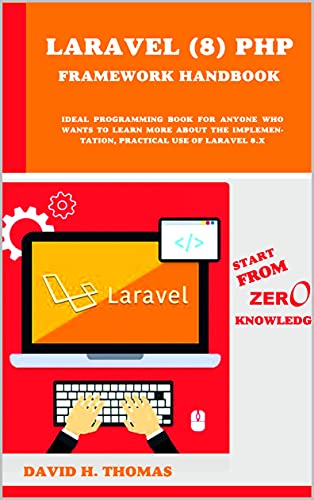Download this PDF book: Essential Practical NMR for Organic Chemistry by S. A. Richards, J. C. Hollerton
Essential Practical NMR for Organic Chemistry
A hands-on resource advocating an ordered approach to gathering and interpreting NMR data
The second edition of Essential Practical NMR for Organic Chemistry delivers a pragmatic and accessible text demonstrating an ordered approach to gathering and interpreting NMR data.
In this informal guide, you’ll learn to make sense of the high density of NMR information through the authors’ problem-solving strategies and interpretations.
The book also discusses critical aspects of NMR theory, as well as data acquisition and processing strategy. It explains the use of NMR spectroscopy for dealing with problems of small organic molecule structural elucidation and includes a brand-new chapter on Nitrogen-15 NMR. Readers will also find:
Strategies for preparing a sample, spectrum acquisition, processing, and interpreting your spectrum
Fulsome discussions of Carbon-13 NMR spectroscopy
Practical treatments of quantification, safety procedures, and relevant software
An ideal handbook for anyone involved in using NMR to solve structural problems, this latest edition of Essential Practical NMR for Organic Chemistry will be particularly useful for chemists running and looking at their own NMR spectra, as well as those who work in small molecule NMR.
It will also earn a place in the libraries of undergraduate and post-graduate organic chemistry students.
This second edition of Essential Practical NMR for Organic Chemistry is an updated and improved version of the first edition which was a follow-up to the original Laboratory Guide to Proton NMR Spectroscopy (Blackwell Scientific Publications, 1988).
It follows the same informal approach and is hopefully fun to read as well as a useful guide. While still concentrating on proton NMR, it includes 2-D approaches and some heteronuclear examples (specifically 13C, 15N and 19F).
This new edition now contains a comprehensive chapter on 15N which we have found increasingly important in the last decade. The greater coverage is devoted to the techniques that you will be likely to make most use of.
The book is here to help you select the right experiment to solve your problem and to then interpret the results correctly. NMR is a funny beast – it throws up surprises no matter how long you have been doing it (at this point, it should be noted that the authors have more than 80 years of NMR experience between them and we still get surprises now and then!).
The strength of NMR, particularly in the small organic molecule area, is that it is very information rich but ironically, this very high density of information can itself create problems for the less experienced practitioner. Information overload can be a problem and we hope to redress this by advocating an ordered approach to handling NMR data.
There are huge subtleties in looking at this data; chemical shifts, splitting patterns, integrals, linewidths all have an existence due to physical molecular processes and they each tell a story about the atoms in the molecule.
There is a reason for everything that you observe in a spectrum and the better your understanding of spectroscopic principles, the greater can be your confidence in your interpretation of the data in front of you. So, who is this book aimed at?
Well, it contains useful information for anyone involved in using NMR as a tool for solving structural problems.
It is particularly useful for chemists who have to run and look at their own NMR spectra and also for people who have been working in small molecule NMR for a relatively short time (less than 20 years, say;-)… It is focused on small organic molecule work (molecular weight less than 1500, commonly about 300).
Ultimately, the book is pragmatic – we discuss cost-effective experiments to solve chemical structure problems as quickly as possible. It deals with some of the unglamorous bits, like making up your sample. These are necessary if dull. It also looks at the more challenging aspects of NMR.
Contents:
1 Getting Started
2 Preparing the Sample
3 Spectrum Acquisition
4 Processing
5 Interpreting Your Spectrum
6 Delving Deeper
7 Further Elucidation Techniques
8 Further Elucidation Techniques
9 Carbon-13 NMR Spectroscopy
10 Nitrogen-15 NMR Spectroscopy
11 Some Other Techniques and Nuclei
12 Dynamics
13 Quantification
14 Safety
15 Software
16 Problems
17 Raising Your Game
About the Author
S.A. Richards and J.C. Hollerton
The authors have worked in NMR for GlaxoSmithKline R&D for over 40 years each, solving organic chemistry structural problems supporting synthetic and medicinal chemists.
This work has required the inference of structural information from complex NMR data as well as the design of experiments to test structural hypotheses.
Their breadth of experience includes instrumental, chemical, and informatics approaches to answering those important structural questions.
About the book:
Publisher : Wiley; 2nd edition (April 11, 2023)
Language : English
Pages : 288
File : PDF, 14MB
Free Download the Book: Essential Practical NMR for Organic Chemistry
PS: Share the link with your friends
If the Download link is not working, kindly drop a comment below, so we'll update the download link for you.
Happy downloading!








